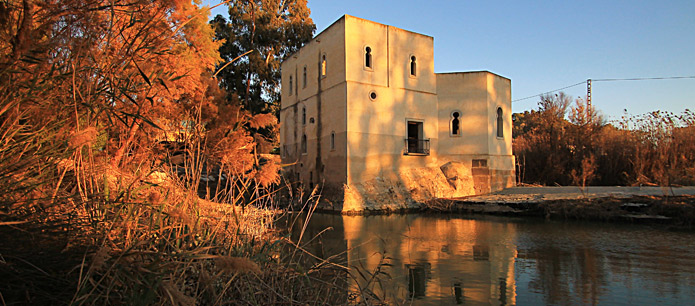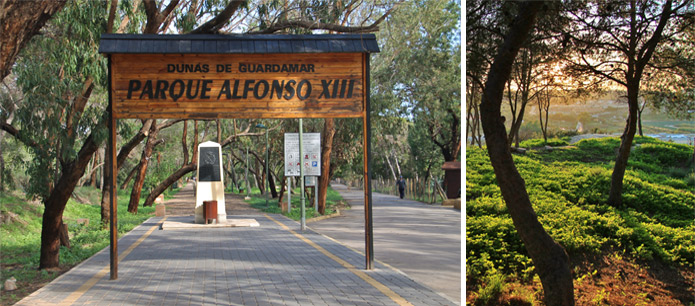Guardamar Del Segura can hardly be given village status anymore, now being a bustling seaside town which lies at the mouth of the River Segura, reached via either the N-332 or through Rojales on the CV-910.
However, it would be quite wrong to suppose that because of its close proximity to the sea and the beautiful white sandy beaches this is all that Guardamar has to offer. Like so many of the towns and villages of the Vega Baja, Guardamar is steeped in its own local history and has its own story to tell.
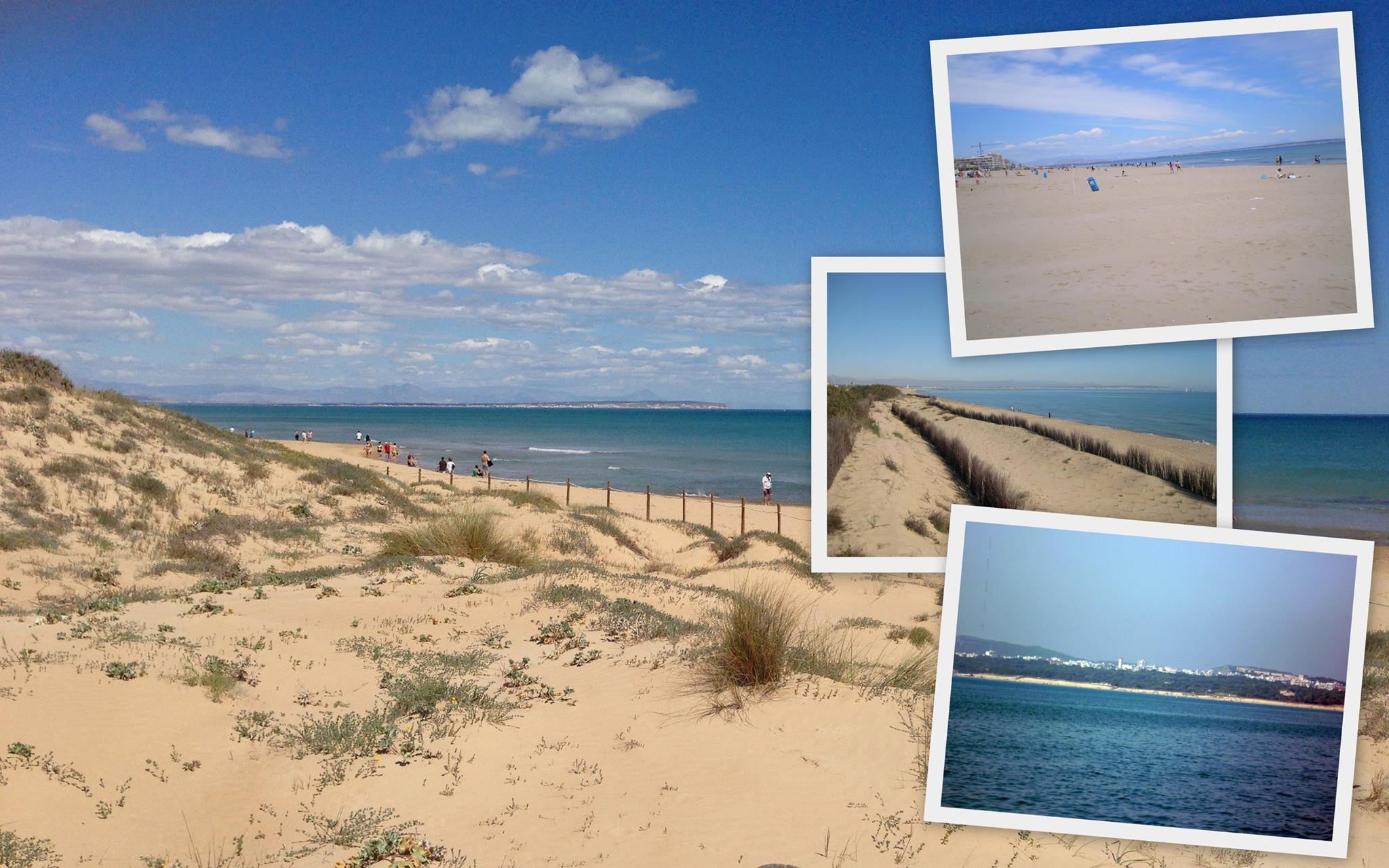
Although it is equally true to say that if you do want a day out by the sea with all the convenient facilities of shops and restaurants close by, then you will not be disappointed with Guardamar.
Standing guard at the mouth of the river the town has always held a key position which is probably why the Greeks named it ‘Alone’ and the area has for generations been an exceptional conservation area. With history dating back to the 12th century under the rule of Jaume I, the population has grown over the centuries taking the small pueblo to a town with a population exceeding 13,000.
Under the 1305 Treaty of Elx (Elche) it was decreed that Guardamar be annexed from the Kingdom of Valencia and the Crown of Aragon and achieved its own title to the name of the town.
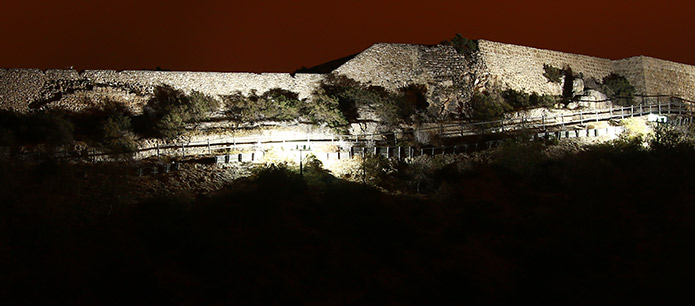
Throughout the following centuries the town suffered many adversities but the people faced the various challenges and took advantage of the situation. Over the course of time it was inhabited by the Iberians and testimony of this occupation was made on the discovery of the Dama de Guardamar at the Cabezo Lucero site and Moorish remains can be see in a Rábita (a religious stronghold marking the boundary between the Moors and Christians) and these remains can be found within the Dunes of Guardamar. The historical heritage is more fully detailed in the Archaeological and Ethnological Museum and in the Municipal Arts Centre.
Another tragedy for Guardamar was one which was shared by many of the villages of the Vega Baja, the terrible earthquake of 1829 which completely destroyed the original walled city and the castle which stood at its centre, although the remains of the castle can still be seen.
The inhabitants moved closer to the coast to the town’s present location and all buildings have to be built to a standard to withstand earthquakes. Of course this put the town closer to the beaches and the volatile sand dunes and in the spring of 1896 the town suffered greatly and had serious problems as a result of the advancing sands.
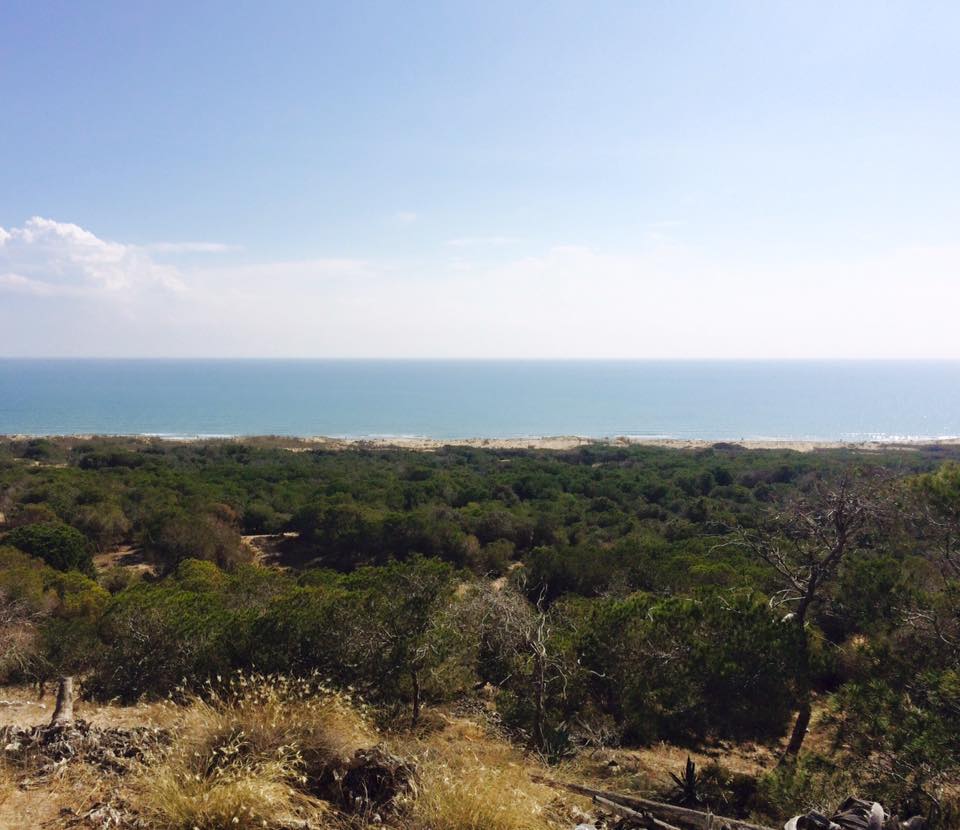
To halt the advance of the sand row upon row of pine trees were planted, the work took more than twenty years to complete but the remedy has proved successful and the sands were halted. As a result of this planting, Guardamar del Segura now has a unique and easily identifiable appearance of woodlands and beach and the 840 hectares are today known as the Dunas de Guardamar and have been declared an Area of Natural Interest.
This unique combination also offers cool shade under the trees or the beach area for the swimmer and sunbather and it is very pleasant to walk or picnic under the shade of these trees which now give such pleasure but were planted to save the town and they now form part of the Parque de Alfonso XIII (Alfonso XIII Park) which is known as the most beautiful place to walk and enjoy the natural flora of the area.
The Parque Reina Sofia (Queen Sofia Park) with its Mediterranean vegetation, pine trees land lakes is also another area where visitors can enjoy a pleasant stroll. For the enthusiastic bird watcher there is an observation post and the Parque Natural de Laguna de La Mata provides an area for cycling, horse riding and photography.
La Gola is the place where the river meets the sea and not only provides the sight of tree lined riverbanks but also gives an opportunity for water-skiing, sailing and other nautical activities and it is here that you will recognise a familiar sight; seagulls. As its name suggests the port area of Lonja de Pescado is where the fish are brought in by the local fishermen and gives the chance to purchase truly fresh fish.
It is rumoured that Guardamar’s langostrines (giant prawns) are the best on the Costa Blanca, other local dishes include Caldero (fish stew), Cocida con Pelotas (stew with minced meat wrapped in cabbage leaves) and Elvers with garlic, with many of the restaurants offering local cuisine.
There are the usual fiestas and Saints days and the Procession of the Moors and the Christians which take place in the second half of July. Add to this the abundance of shops restaurants, bars and the local street market and it soon becomes apparent why Guardamar Del Segura is such a popular holiday choice for many overseas visitors but equally there is plenty to see and do during the quieter winter months.
BY Diana Bridle

